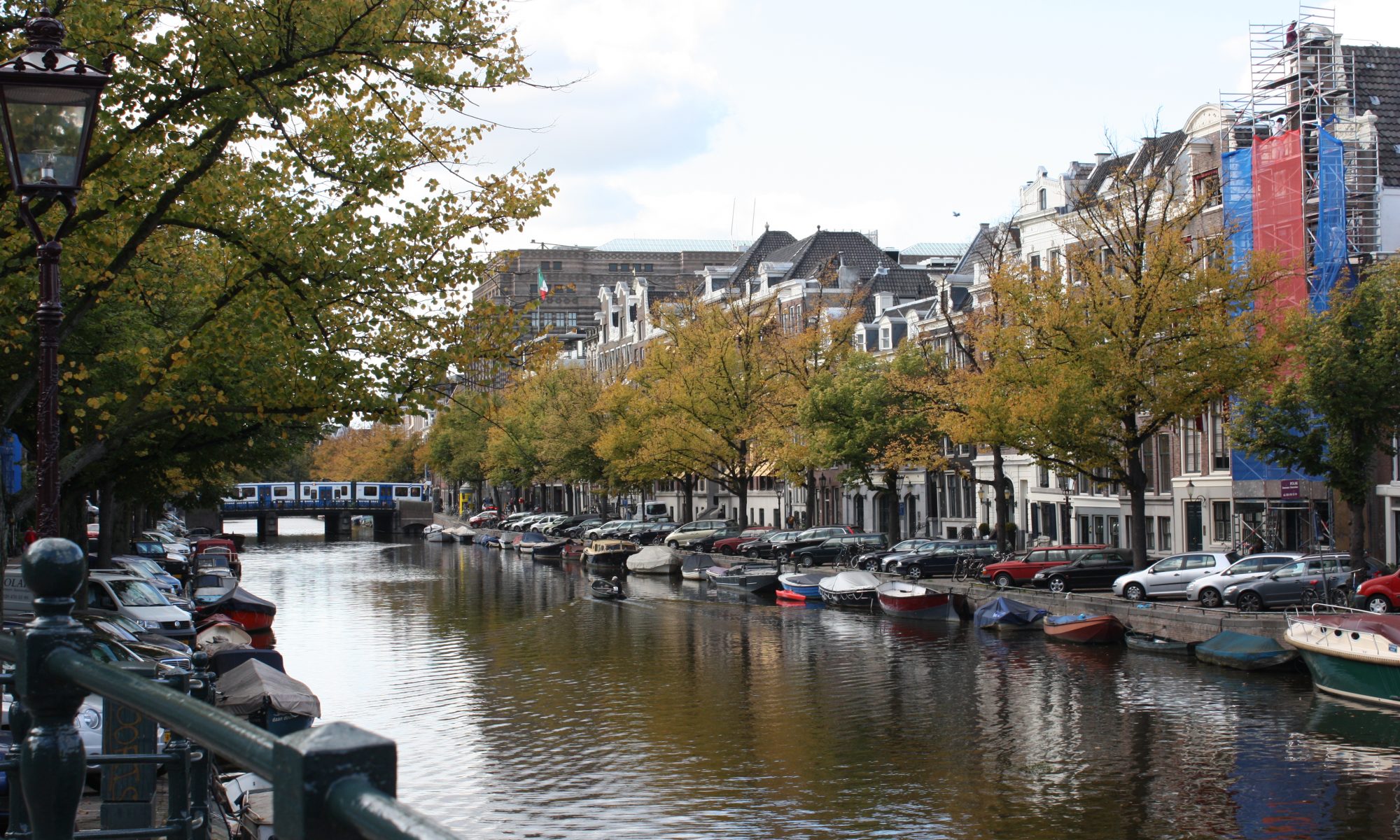The following text is what I submitted to ODOT et al (Mayor, Councilman, FHWA). I didn’t spent as much time on the comments as I would have liked, but hopefully my points get through.
Thank you for accepting my comments regarding the proposed Crosstown Boulevard. I fully support Alternate D, as I believe it will most adequately support future development in downtown Oklahoma City. Alternate C is a minimally acceptable option, but in its current form is extremely limiting in its development potential and in promoting or encouraging multi-modal use. Alternatives A and B should not receive any consideration from ODOT, The City of Oklahoma City or FHWA as they do not promote development or multi-modal use.
I have the following comments about the process and the methods by which ODOT appears to support Alternative C:
First, the public comment period for this Alternative analysis is too short. Two weeks is too short to garner appropriate input on such an important piece of Oklahoma City’s future.
Second, the only public meeting for the Alternative analysis was ill-timed during a Wednesday evening on which many people attend churches and the Thunder were having a playoff game. Additionally, this meeting was held as an open house, with no information provided prior to the meeting for people to become educated to ask questions.
Third, no information was provided publicly regarding traffic studies and other engineering and planning input into the final four Alternatives. People that were able to attend the open house (see point above) were able to ask such questions, but those who could not attend were not able to. The only information I’ve seen was provided via The Oklahoman.
I have the following comments about the ranking system and choice of preferred Alternative:
First, the scoring asserts that Alternative D does not meet local planning preferences but that Alternative C does fully. This is a false assumption that should have been vetted through Oklahoma City’s Planning Department and possibly the Planning Commission and City Council. The Core to Shore plan is a guiding document and is not intended to be set in stone, so to speak. It contains conceptual renderings that are intended to show the spirit of the City’s goals. Furthermore, one of the goals of the plan was to increase development potential in this area once I-40 was moved. Alternatives A, B and C do NOT meet this goal. The only Alternative that fully meets this is Alternative D, because it leaves the most developable land free.
Second, the traffic counts, provided only through the media, indicate that initially ODOT projected 58,000 vehicles per day the day it would open, and then 94,000 vehicles per day by 2040. The Oklahoman reports that ODOT now suggests 13,000 vehicles per day the day it would open and then 27,850 vehicles per day in 2040? If these lower projections are accurate, it fully reinforces that the existing grid pattern can easily handle the vehicle load. Per FHWA and other studies, an appropriately designed three lane (1 lane of travel each direction with center turn lane) can handle upwards of 20,000 vehicles per day (some even reporting 24,000 vehicles per day works efficiently). The area around the old Crosstown (the proposed Crosstown Boulevard area) can easily absorb these vehicle counts.
Third, the assumption that Oklahoma City needs a through-boulevard is an incorrect assumption even from a traffic engineering standpoint. The point of this boulevard (Alternative D, the grid) should be the delivery of people to and from downtown, rather than that of creating a thoroughfare. Oklahoma City does not need an I-40 bypass through downtown/Core to Shore; if necessary, the grid could easily supply this need.
Finally, given whatever Alternative is chosen, it should be designed to the standards of the National Association of City Transportation Officials (NACTO), not to the American Association of State Highway Transportation Officials (AASHTO) standards (aka the Green Book). NACTO’s standards, known as the Urban Street Design Guide, have been adopted by numerous city, county and even state bodies across the United States and are the most appropriate standards for street design in an urban area.
In summary, I believe Alternative D will provide the City and State with the largest return on its investment in the long term. Alternative D will leave the most developable land and allow the streets to be built, or rebuilt, to much more multi-modal standards. The southern downtown/Core to Shore area needs to be walkable, bike-able and transit-friendly, on top of allowing vehicular access.
Thank you for taking the time to accept my public comments.
